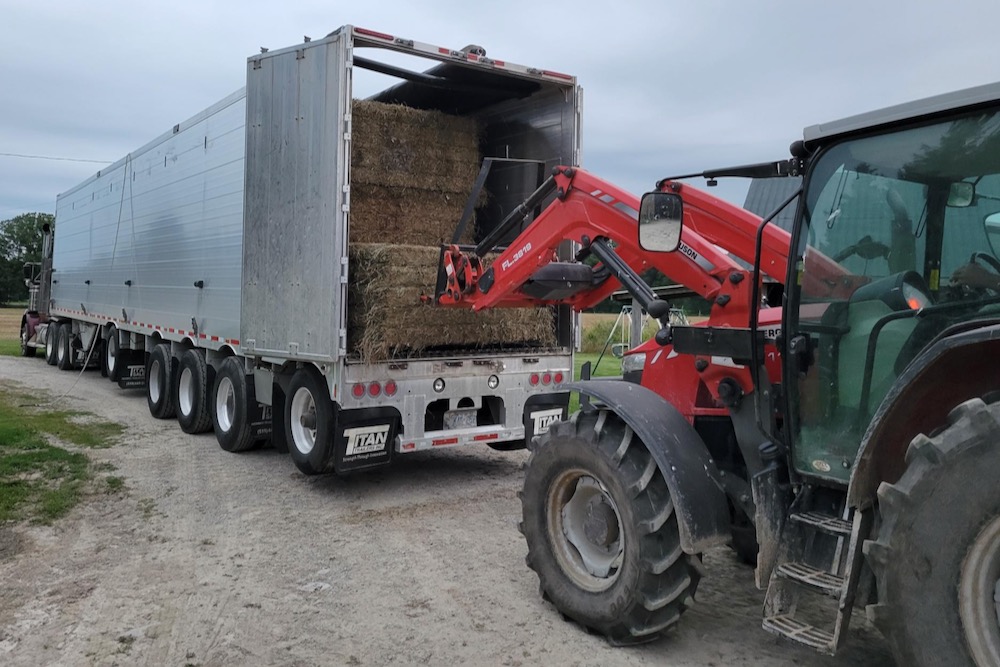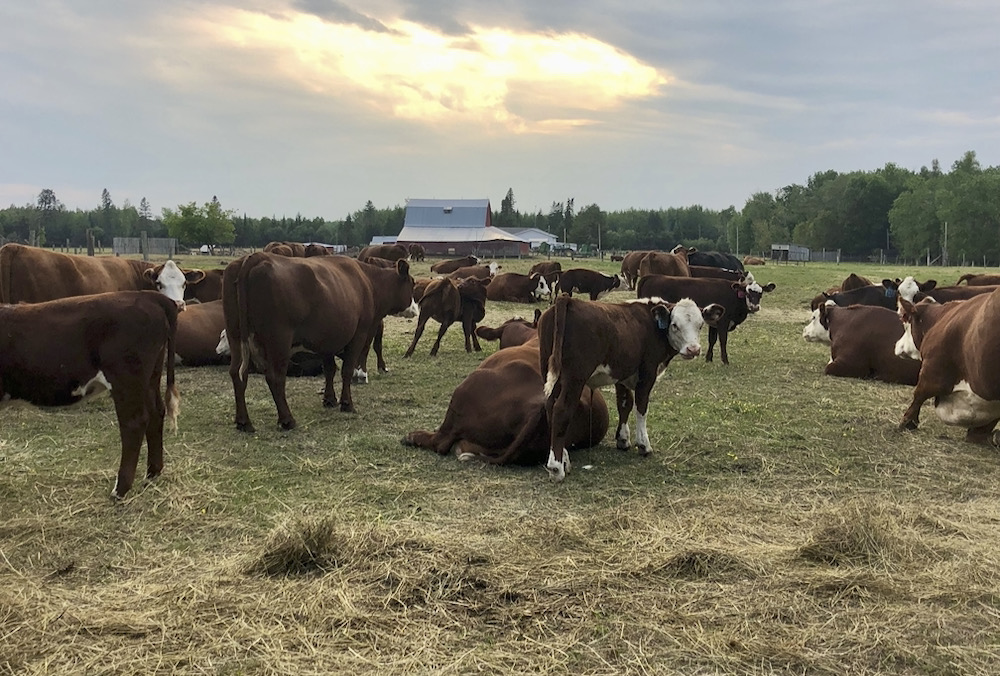Glacier FarmMedia – Millers in the United States may be confronted with the double whammy of a low-protein hard red winter wheat crop combined with severely curtailed spring wheat production, say analysts.
An estimated 38 per cent of the hard red winter wheat crop has been harvested. Protein levels have averaged 11.4 per cent based on 266 samples, down slightly from the five-year average of 11.6 per cent.
Analysts believe protein levels will be well below average by the time the entire crop is off, which means millers will need to blend in some spring wheat.
Read Also

Packer buys Green Giant, Le Sieur veg brands from U.S. owner
A Quebec-based processor’s deal to buy the Green Giant and Le Sieur packaged and frozen vegetable brands in Canada from a U.S. owner clarifies the status of two popular retail brands grown by Canadian farmers.
Why it matters: Wheat price is already headed up due to increasing demand. A problem in a major growing area like the U.S. and Western Canada can drive up global prices.
The problem is that U.S. spring wheat production is forecast to be 42 per cent below last year’s levels.
That bodes well for Canadian spring wheat exports to the lucrative U.S. market, said Neil Townsend, chief market analyst with FarmLink Marketing Solutions.
He thinks the U.S. could easily double its normal purchases of Canadian spring wheat.
“That’s the most bullish scenario ever. They’re definitely able to pay higher prices,” said Townsend. “It’s very supportive of the market to have a strong U.S. market.”
In past years, when Canada has had a surplus of top quality wheat, it has been “over-servicing” some offshore markets. They may not have needed 13.5 per cent protein wheat but they got it.
So it will be good to get full value for what is expected to be a very high protein crop, said Townsend.
He noted there will also be reduced competition from the U.S. in overseas markets, so Canada should be able to get better prices in some of those markets as well.
MarketsFarm analyst Bruce Burnett thinks the Kansas hard red winter wheat crop will average 10.5 to 11 per cent protein this year, down from the long-term average of 12.5 per cent.
“It’s going to be significantly lower than normal,” he said.
Burnett said farmers held back on top-dressing the crop with nitrogen fertilizer in February due to prevailing drought conditions at that time.
The crop has received a lot of rain since then. Yields will be good but available nitrogen will be limited, resulting in low protein levels.
“That is going to create an issue for the millers who would have liked to have milled exclusively hard red winter wheat,” he said.
The spread between 12.5 per cent HRWW and ordinary HRWW was 83 cents U.S. per bushel as of July 15, up from the usual level of 10 to 25 cents per bushel.
The other problem for millers is that a lot of new crop winter wheat will be fed to cattle in the U.S. market this year due to the shortage of corn and that won’t change until new crop corn is in the pipeline in September.
“The feeders have been fairly aggressive in securing supplies,” said Burnett.
But he wonders if millers will import that much spring wheat from Canada because it is going to be high-priced product this year due to North American production problems and anticipated high protein levels.
That might be part of the demand rationing that will be required for spring wheat in 2021-22.
Townsend said heavy rains in Germany could cause quality issues with that crop.
“It’s happening at exactly the wrong time,” he said.
Millers in the European Union rely heavily on high protein wheat out of Germany so that could be another market looking for supplies from Canada.
“This is a perfect scenario for Canada except for the fact that we have an absolutely blistering drought going on,” he said.
Sean Pratt is a reporter for The Western Producer. This article was previously published on its website.













